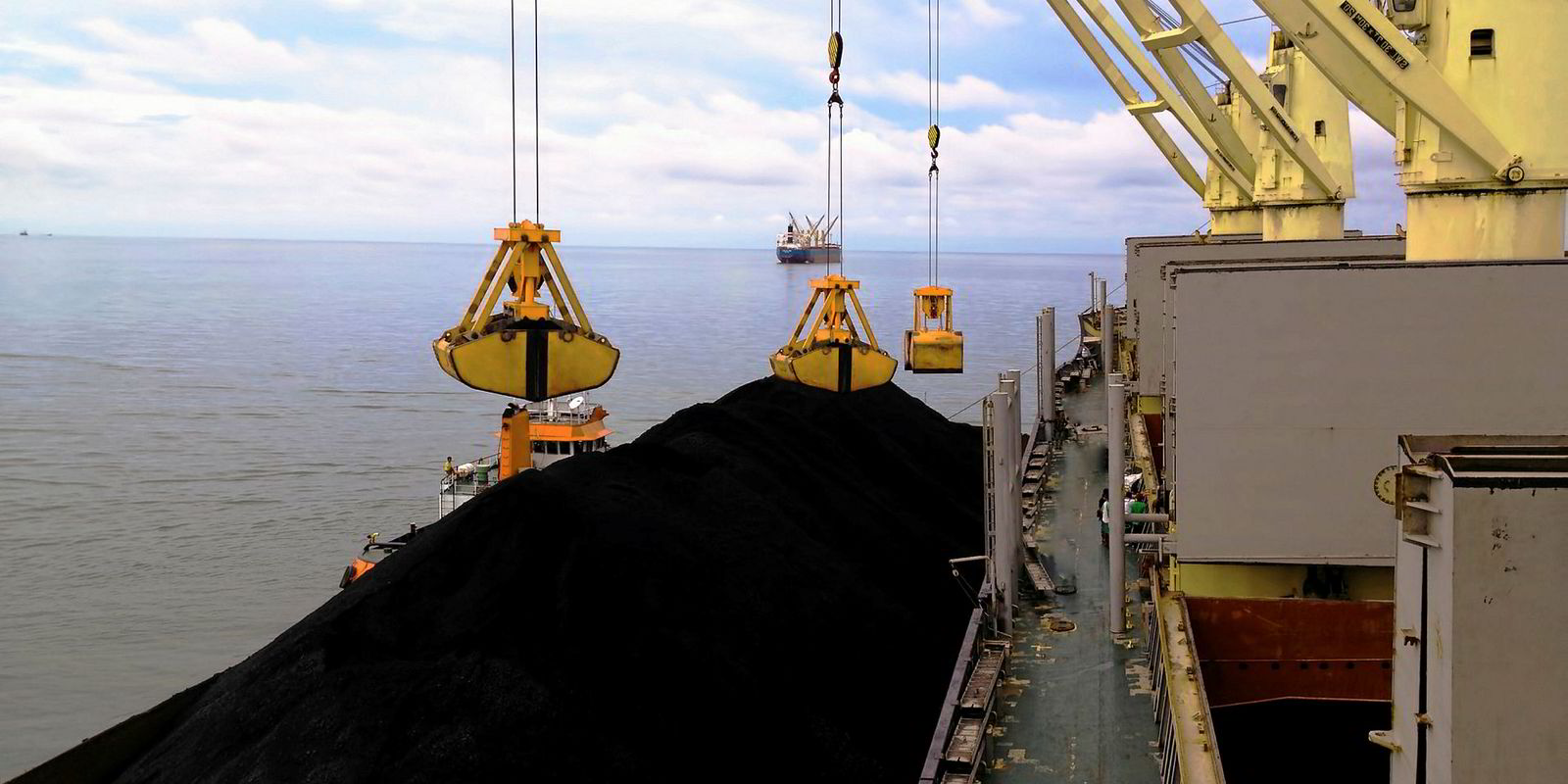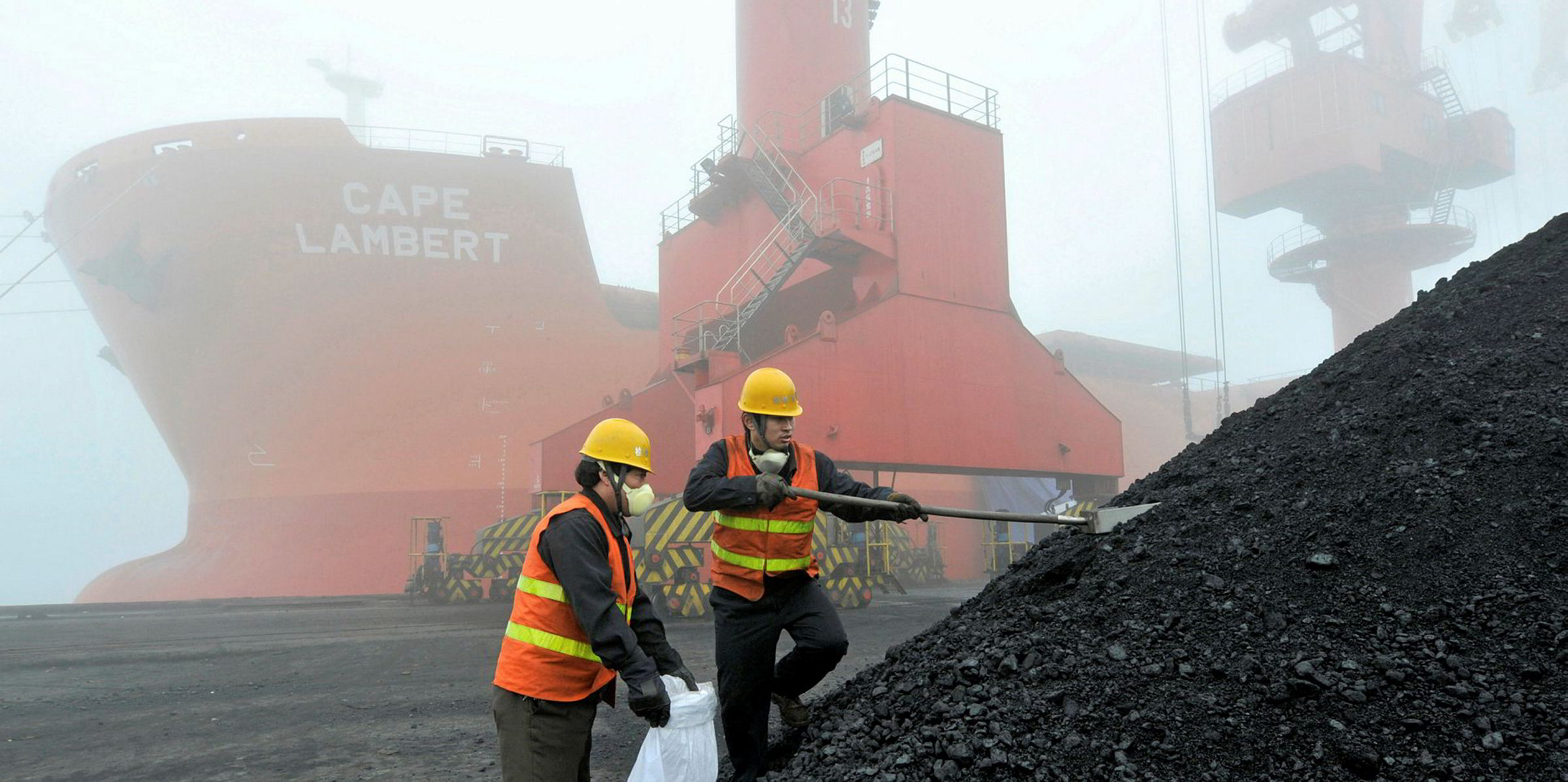US coal exports had their second best year ever in 2018 with buyers in Asia helping to boost bulker tonne mile demand.
Last year an estimated 105mt of coal left US shores, a year-on-year increase of 19.3%. It was the second highest annual total ever, only exceeded by the 114.2mt exported in 2012, according to Banchero Costa.
The US exported 55.8mt of coking coal, up 11.3% year-on-year, whilst thermal coal shipments were up almost 30% to 49.1mt.
The top destinations for US coking coal in 2018 where Brazil with 7.6mt, the Netherlands with 5.6mt and Japan with 5.4mt.
For thermal coal, the top destinations last year were India with 10.5mt, South Korea with 5.8mt and the Netherlands with 5.6mt.
The vast majority of US coal exports are loaded on the East Coast in places such as Hampton Roads, Baltimore, Newport News in Virginia, Mobile, New Orleans, so from a geographical point of view, the most obvious destinations are Europe and the Middle East, as well as East Coast South America.
And indeed, Banchero Costa says about half of coal cargoes from the US in 2018 ended up in Europe – typically the Netherlands, Belgium, Italy, UK and the Ukaine – and in North Africa, in particular Morocco and Egypt, while many cargoes also went to Brazil and Argentina.
But about one quarter of cargoes last year ended in Asia especially to India, but also to Japan, South Korea, Indonesia and Thailand.
US thermal coal exports to Asia have seen a fourfold increase in the past two years, according to the US Energy Information Administration (EIA).
They have gone from 5m short tons (4.5mt) in 2016 to 20m short tons in 2018, or nearly 40% of total US thermal coal exports.
India, Japan, and South Korea are the primary Asian destinations for US thermal coal, while exports to some new markets such as Egypt, Thailand, and Ukraine have also increased, the EIA added.
“US exports are benefiting from a strong demand for coal on the international market, relatively high international prices for coal, and the fact that domestic demand for coal in the US was slashed due to environmental pressures,” Ralph Leszczynski, Banchero Costa’s head of research in Singapore said.
“Thermal coal exports to India have also benefited from a partial ban on petcoke imports to India, and Indian importers have been hence substituting thermal coal for petcoke.”
Leszczynski says it will be very interesting to see if the US-China trade talks can have any impact on US coal exports to China.
“Coal flows from the US to China have been very modest in recent years. They peaked at over 1mt in February 2017, and since then have been on a declining trend, averaging less than 500,00t per month,” he said.
“However, it has often been speculated that one way to break the negotiating impasse between the Trump administration and China was for China to rump up imports of US commodities, such as oil and LNG, to help reduce its trade deficit with the US,” says Leszczynski.
“This could perhaps include coal as well, and if this was really to happen then it would be very positive for dry bulk tonne miles.”





